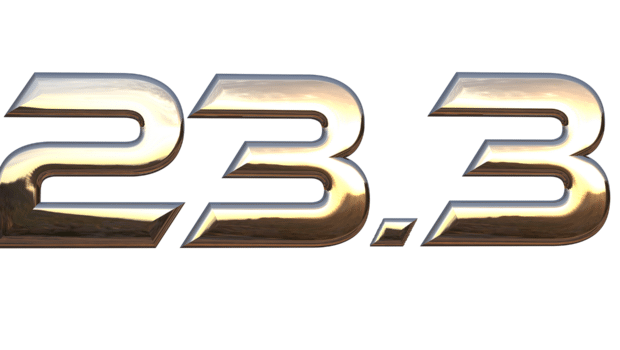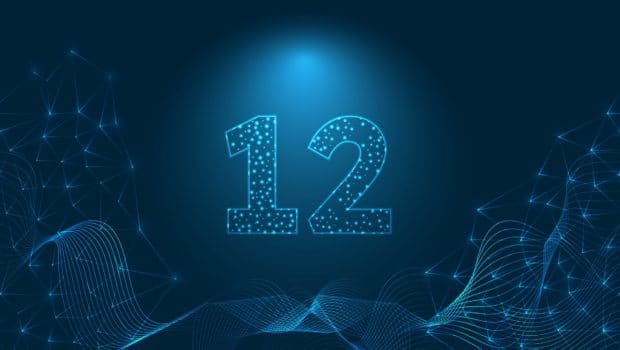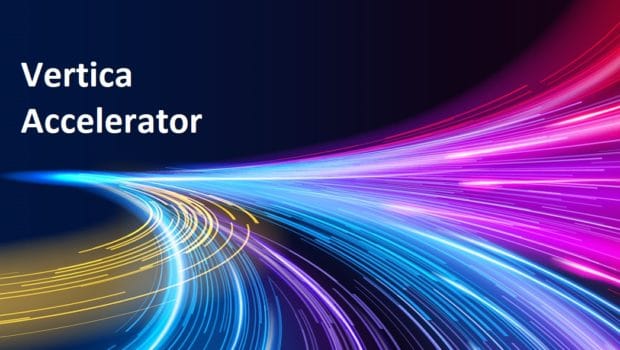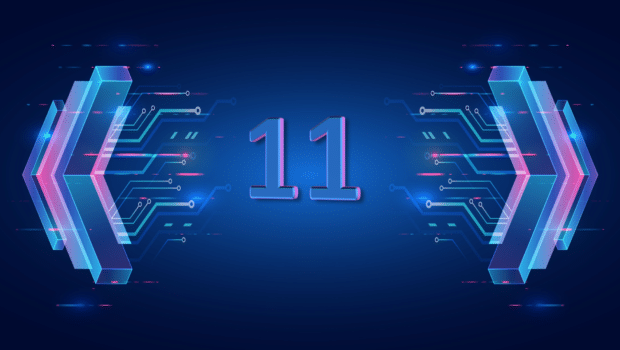This blog post was authored by Soniya Shah.
In Vertica 9.1 we introduce new functionality including:
• Eon Mode, now available in production environments
• Machine Learning Enhancements
• Management Console Updates
• Voltage SecureData Integration
• Python UDTF
• AWS Licensing Updates
• Security Updates
• Upgrade and Installation Changes
• S3 Session Parameter Enhancements
• Vertica Integration with Apache Spark
Eon Mode
Eon Mode, a database mode in Vertica was previously in beta, and is now live. You can choose to operate your database in Enterprise Mode, with the traditional Vertica architecture, or in Eon Mode. Eon Mode allows you to rapidly scale your database to meet variable workload needs.
The functionality of the modes is largely the same, with differences in architecture, deployment, and scalability. For more information, see
Using Eon Mode in the Vertica documentation.
Machine Learning Enhancements
In this release, machine learning new features include:
• The new PCA (Principal Component Analysis) algorithm for use in dimension reduction.
• The new SVD (Singular Value Decomposition) algorithm that is used to calculate principal components for a data set.
• The new PRC function, the precision recall curve that is used to measure the success of a prediction when classes are imbalanced.
• Extended functionality for the ROC function so that it can now pass an area under the curve parameter.
For more information, see
Machine Learning for Predictive Analytics in the Vertica documentation.
Management Console Updates
Using MC, you can revive an Eon Mode database. Eon Mode databases keep an up-to-date version of their data and metadata in their communal storage locations. After the database shuts down, you can restore it later in the same state. For more information, see
Reviving an Eon Mode Database in MC.
MC now also supports monitoring of external data. Previously, MC only provided monitoring information for internal Vertica tables. In this release, MC detects and monitors external tables and HCatalog data included in your database.
Voltage SecureData Integration
Vertica now integrates with Voltage SecureData. Voltage SecureData is a suite of encryption technologies that allow you to integration end-to-end data encryption into other applications. Vertica provides functions to encrypt and decrypt data using SecureData. The Vertica integration functions for SecureData allow you to encrypt sensitive data as it is being loaded into Vertica. You can also use these functions to mask unencrypted semi-sensitive data stored in Vertica that some users should not see.
For more information, see
Integrating with Voltage SecureData in the Vertica documentation.
Python UDTF
You can now writing user-defined transform functions (UDTFs) in Python, in addition to the already supported C++, Java, and R. Use UDTFs to transform a table of data into another table. For more information, see
Python API in the Vertica documentation.
AWS Licensing Updates
You can now use a paid listing license model that provides a pay-as-you-go model. You pay only for the number of nodes and the number of hours you use. All charges will appear on your Amazon AWS bill. You do not need to purchase a Vertica license, which eliminates the need to compute potential storage needs in advance.
You can obtain a Vertica license through the Amazon Machine Image (AMI). This license offers an alternative to purchasing a full license. You should consider the paid listing model if you have low usage and don’t want to commit to a long-term license. For more information, see
Vertica on Amazon Web Services.
Security Updates
This release introduces a set of audit categories that make it easy to search for queries, parameters, and tables related to security and authentication. With this feature, you can see system tables that bring together changes to queries, tables, and parameters, and track these changes more easily. You can use this audit category to better understand changes to your database. Audit categories can help to ensure, for example, that a user does not change information to which they should not have access.
For more information, see
Database Auditing in the Vertica documentation.
Upgrade and Installation Changes
As of this release, Vertica no longer supports projections with non-identically sorted buddies, also known as unsafe projections. All projection buddies must be identically sorted. This change will help improve overall database performance.
Before you upgrade to 9.1, you should check that all projection buddies in your database are identically sorted. Vertica provides a script that analyzes your current database, on 8.0.x and later, and identifies unsafe projections. For more information, see our
blog post about this script.
S3 Session Parameter Enhancements
You can now set S3 session parameters at the session level using ALTER SESSION. Previously, these parameters could only be set globally, which made it harder to read from different regions. For more information, see
Specifying COPY FROM Options.
Vertica Integration with Apache Spark
The Spark Connector is now distributed as part of the Vertica server installation. You can now get the Spark Connector file from a directory on a Vertica node. For example, the Connector for Spark 2.1 is also compatible with Spark 2.2. For more information, see
Getting the Spark Connector in the Vertica documentation.





